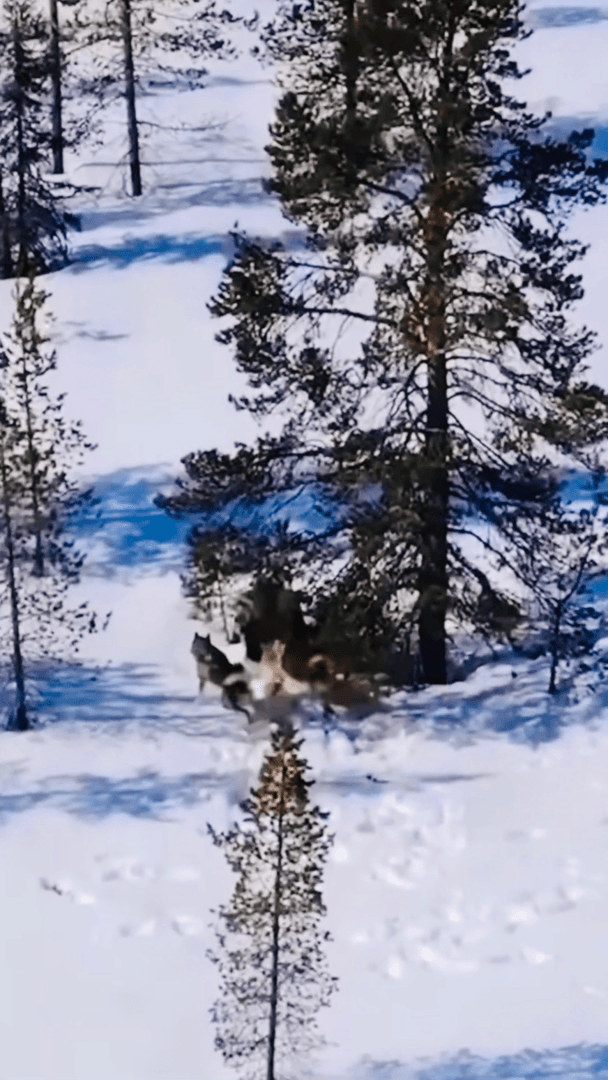
Top 10 Best Hunting Dog Breeds: Ultimate Guide for Hunters Discover the top 10 best hunting dog breeds for every hunter! From Labrador Retrievers to Norwegian Elkhounds, learn which breed matches your hunting style and environment. Hunting dogs have been indispensable companions to hunters for centuries, combining sharp instincts, unwavering loyalty, and specialized skills to track, retrieve, and flush game. Whether you’re a seasoned hunter or a novice, choosing the right breed can make or break your outdoor adventures. In this guide, we’ll explore the **top 10 best hunting dogs**, their unique traits, and why they excel in the field. 1. Labrador Retriever **Best For:** Waterfowl, upland bird hunting The Labrador Retriever reigns as America’s most popular dog breed—and for good reason. Labs are natural swimmers with a “soft mouth” that gently retrieves game without damaging it. Their high intelligence, trainability, and friendly demeanor make them ideal for duck hunting and family life. - **Key Traits:** Strong retrieving instinct, endurance, adaptability to cold water. - **Pro Tip:** Labs thrive with consistent training and plenty of exercise. 2. German Shorthaired Pointer (GSP) **Best For:** Versatile hunting (birds, rabbits, even deer) The German Shorthaired Pointer is a **jack-of-all-trades** in the hunting world. Known for their speed, agility, and keen nose, GSPs excel at pointing, flushing, and retrieving. They’re equally comfortable in fields, forests, or water. - **Key Traits:** High energy, loyalty, and a natural “pointing” stance. - **Pro Tip:** Keep them mentally stimulated—bored GSPs can become destructive. 3. English Springer Spaniel **Best For:** Flushing birds (pheasants, quail) This compact, energetic breed specializes in **flushing game** from dense brush. English Springer Spaniels work closely with hunters, using their keen sense of smell to locate birds and spring them into the air. - **Key Traits:** Agile, affectionate, and excellent in thick cover. - **Pro Tip:** Their long ears require regular cleaning to prevent infections. 4. Beagle **Best For:** Small game (rabbits, hares) Beagles are scent hounds with a legendary nose for tracking. Their compact size allows them to navigate tight spaces, and their persistent barking (“baying”) helps hunters locate prey. - **Key Traits:** Stamina, curiosity, and pack-friendly nature. - **Pro Tip:** Beagles can be stubborn—patience is key during training. 5. Bloodhound **Best For:** Tracking wounded game With a sense of smell **1,000 times stronger** than humans, Bloodhounds are unmatched trackers. They’re often used to locate wounded deer or missing persons over long distances. - **Key Traits:** Tenacity, droopy ears that trap scents, calm temperament. - **Pro Tip:** Early socialization is critical for this strong-willed breed. 6. Brittany Spaniel **Best For:** Upland bird hunting Brittanys are agile, medium-sized dogs that combine pointing and retrieving skills. They’re lighter and faster than many spaniels, making them perfect for open-field hunts. - **Key Traits:** Eager to please, high energy, and gentle with children. - **Pro Tip:** Avoid harsh training methods—they respond best to positive reinforcement. 7. Vizsla **Best For:** All-around hunting (birds, rabbits) The Vizsla’s sleek build and athleticism make it a favorite among upland hunters. Originating in Hungary, this breed forms deep bonds with owners and thrives on companionship. - **Key Traits:** Affectionate, low-shedding coat, and exceptional endurance. - **Pro Tip:** Vizslas are prone to separation anxiety—keep them close! 8. Chesapeake Bay Retriever **Best For:** Cold-water duck hunting Built for harsh conditions, the “Chessie” has a waterproof coat, webbed feet, and unmatched determination. They’re tougher and more independent than Labradors, ideal for rugged retrieves. - **Key Traits:** Protective instincts, strong work ethic, and resilience. - **Pro Tip:** Early socialization prevents overprotectiveness. 9. Weimaraner **Best For:** Big game (deer, boar) and birds Weimaraners are versatile hunters with striking silver-gray coats. Their speed and stamina make them excellent for tracking large game, while their intelligence aids in complex tasks. - **Key Traits:** Fearless, loyal, and highly trainable. - **Pro Tip:** Provide plenty of exercise to curb hyperactivity. 10. Norwegian Elkhound **Best For:** Elk, moose, and bear hunting This ancient Nordic breed is built for endurance in harsh climates. Norwegian Elkhounds use their loud bark to corner large game until hunters arrive. - **Key Traits:** Thick double coat, independence, and bravery. - **Pro Tip:** Regular grooming is essential for their dense fur. Choosing the Right Hunting Dog: Key Considerations 1. **Hunting Style:** Match the breed to your prey (e.g., retrievers for waterfowl, hounds for tracking). 2. **Climate Tolerance:** Consider coat type (e.g., Chessies for cold water, Vizslas for moderate climates). 3. **Trainability:** High-energy breeds like GSPs need experienced handlers. 4. **Family Compatibility:** Labs and Brittanys are great for homes with kids. Training Tips for Hunting Dogs - Start obedience training early (8–12 weeks old). - Use scent games to sharpen tracking instincts. - Expose puppies to gunfire gradually to avoid fear. - Reward-based methods yield the best results. Final Thoughts The **best hunting dog** depends on your specific needs, environment, and hunting goals. Whether you prioritize versatility, endurance, or family-friendly traits, there’s a breed on this list that’s perfect for you. Invest time in training, build a strong bond, and your hunting dog will become an irreplaceable partner in the field. #hunting #dogs
Post: 6 March 12:27













































